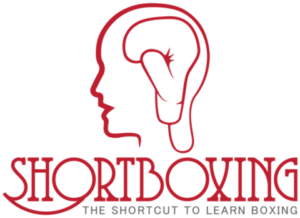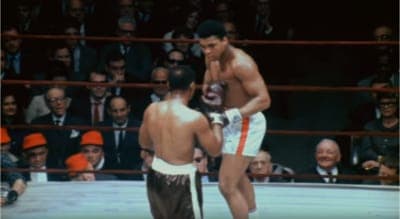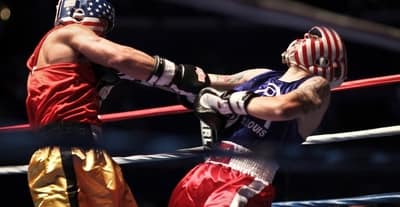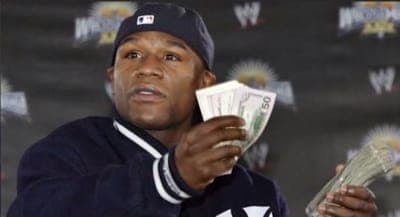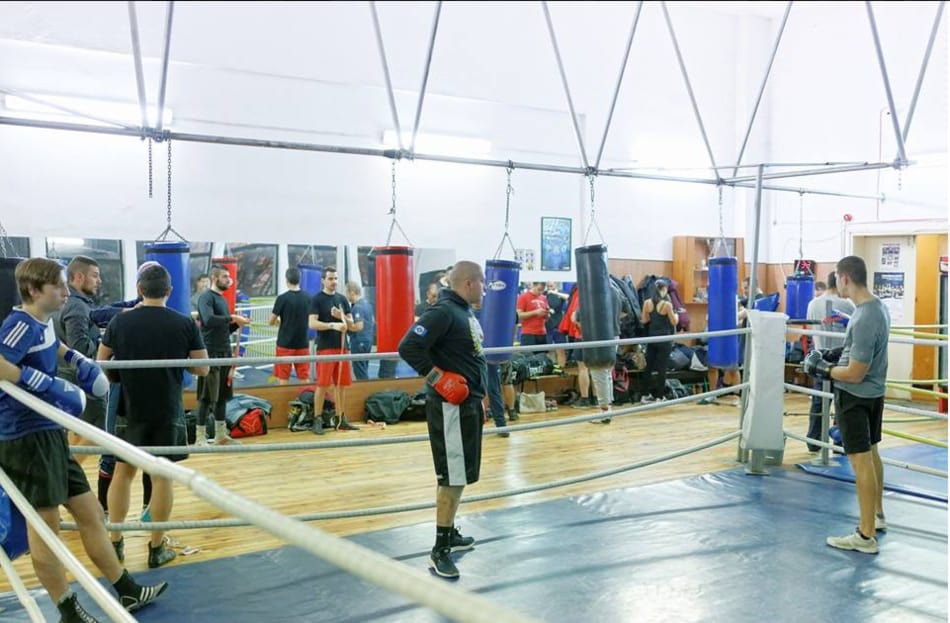
Ring rust is a concern for any boxer returning after a long time away from the ring but does it actually exist? Ring rust, according to some fighters who may have overcome it, is a myth, and according to others, it is a real thing. One thing is for sure – announcers love to debate it to hype a fight.
What is ring rust, does it really exists? Yes. Ring rust can be defined as a loss of the mental sharpness required for real fight after being away from competition for approximately a year or more.
The answers to these questions are highly subjective so it comes down to the mental aspects of boxing.
Boxing is a highly technical sport that takes dedication and long training hours in the gym. The mentality a boxer brings to the ring can make or break a fight so long periods of time away from the ring can allow for some “rust” to accumulate.
So, how does a boxer clean the rust off and sharpen their mind for a return to the ring?
The Definition of Ring Rust
Some fighters think ring rust is a myth but those who do think it’s real define it as a mental issue when approaching the bright lights and large crowds that come with professional matches.
Joe Rogan talks about Brazilian jiu-jitsu as “a chess match with dire physical consequences” and I think this definition applies to boxing as well.
It is a chess match that can be practiced to an extent with sparring. But will a boxer who has been away from the ring being able to think and execute as well with the pressure of their first real fight in 12 months or more?
There isn’t any replacement for the emotions, adrenaline, and mental gymnastics required to make a successful comeback; not to mention simulating the real pain that is endured during that first comeback fight.
How can a Boxer Overcome Ring Rust?
The answer to this question comes down to the level of training and the natural mental toughness of the boxer.
A few strategies used by fighters who overcame ring rust are:
- Long, hard sparring sessions with talented opponents
- Studying and strategizing for your comeback opponent
- Taking the first round to feel out the opponent
- Fighting a lesser opponent before jumping into a big fight
Long, Hard Sparring Sessions with Talented Opponents.
In 1987, Sugar Ray Leonard took on Marvin Hagler after only fighting twice in the previous 5 years. Hagler was the favorite to win at the start of the fight at 3-1 odds.
The bettors decided that because Ray Leonard would undoubtedly have ring rust and Hagler had been dominating all opponents, Leonard would likely lose. However, the fight came down to a split decision in favor of Leonard.
The real winner of this fight is still debated but what Leonard did to prepare is a lesson in how to be at the top of your game when returning to the ring after a long hiatus.
Leonard trained for a year to fight Hagler and brought in the best sparring partners he could. It was said that he went 12 rounds in his sparring sessions with a multitude of opponents to get back in shape.
He specifically chose these opponents to challenge him to be able to go 12 rounds with Hagler who was at the top of the sport at the time.
For anyone trying to get rid of ring rust, it starts with getting back in shape and finding their speed and timing again. Long sparring sessions can be helpful for many things:
- Fighting condition
- Physical condition and strength
- Feeling of pain (but don’t get injured!)
- Reflexes
- Timing and coordination
- Strategy development, etc.
It is important to shake off the physical rust before the mental rust can be brushed away as well.
Studying and Strategizing for Your Comeback Opponent
In the same article referenced above, Leonard discussed having a spy in Hagler’s camp. Although I don’t recommend spying, studying and properly preparing for your opponent is important in any fight.
Today there is so much video available that you could watch hours on most opponents. Or, if you’re lucky, your opponent may have a fight between the time you decide to make a comeback that you can watch live to see what weaknesses get exposed.
Leonard always knew Hagler was his ultimate next challenge so he was able to study and mentally prepare for years before actually stepping in the ring.
Studying your opponent as much as possible creates a huge advantage for anyone entering the ring, especially someone who may be subject to ring rust.
Why?
Because you can discover weaknesses in your opponent, strategize and practice your strengths in sparring sessions, and devise a plan to win. A solid plan will give you the confidence you need to beat the rust before you even step in the ring.
Taking the First Round to Feel Out Your Opponent
You can do all the proper preparation, but you may still have rust once you step in the ring, feel the lights and hear the crowd. The pressure can be overwhelming.
It is a good strategy to start slow if you can. Move around and dance a bit if you can to see what strategy your opponent is bringing to the ring.
Once you warmed up to the fight and beat the initial jitters then you focus and execute your plan. I know the mental battle can get hard in later rounds but you need to remain focused on your plan as much as you can.
Don’t give in to your opponent’s strengths
Referring back to Leonard again, he took his time in the first 4 rounds dancing around Hagler to feel him out. He stuck to his plan even when Hagler was taunting his style and this allowed him to get ahead early in the fight.
These 4 rounds would prove critical in the final decision after round 12.
Fighting a Lesser Opponent before Jumping into a Big Fight
Not everyone can jump right into a title fight for their comeback fight. Leonard is an exception because he already had success and could pick and choose when he returned to the ring.
Most people who fear ring rust are likely coming back from an injury after 6 months to a year and are still pursuing the peak of their careers so getting back into the ring is a much slower process.
A strategy some fighters have used is to have one or two fights against lesser opponents to get their mind back into the game. They have a chance to get their instincts back before jumping to the next big challenge.
Why do some Fighters Think it is a Myth?
Ring rust is a favorite term used by announcers and analysts before a fight to hype up the fans and bettors. In addition, it is prone to be used as an excuse if the fighter making the comeback ends up losing.
When the term is used in these ways, it can lose its real meaning and become a myth to people.
A fairly recent example in MMA of the over-hype of ring rust is the Georges St-Pierre making a comeback after about 4 years away from the octagon against Michael Bisping for the Middleweight UFC title. Analysts hyped the fight hard on the subject of ring rust as well as the fact that St-Pierre was moving up a weight class from where he previously held a title belt (welterweight).
The bettors thought St-Pierre was the better fighter because when he stepped away he was largely considered the best pound-for-pound fighter in the world. But ring rust was so widely used that the bettors in Vegas had almost even odds on the fight. St-Pierre showed that ring rust might be a myth, but I believe he proved that it could be overcome.
Conclusion
Ring rust is a real thing and some boxers are better than others at getting rid of it. The best comebacks in the world may make us think that ring rust is a myth, but not acknowledging its possible existence would be a huge mistake.
To overcome ring rust, a boxer needs to prepare physically and study their opponent as they should for any fight. The confidence gained during this phase will allow you to push past the mental hurdles of stepping in the ring again.
And if it is an option, start with an opponent you are confident you can beat because there really is no replacing the pressure and nerves that come when stepping in the ring.
